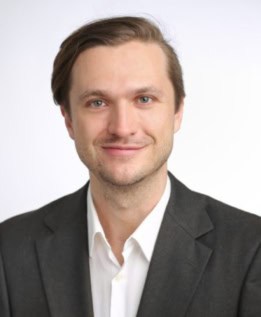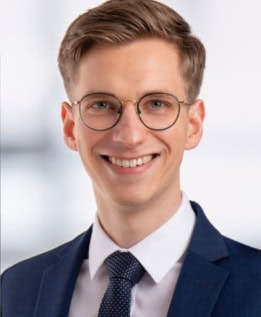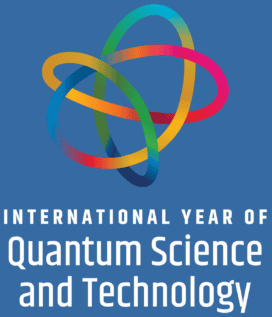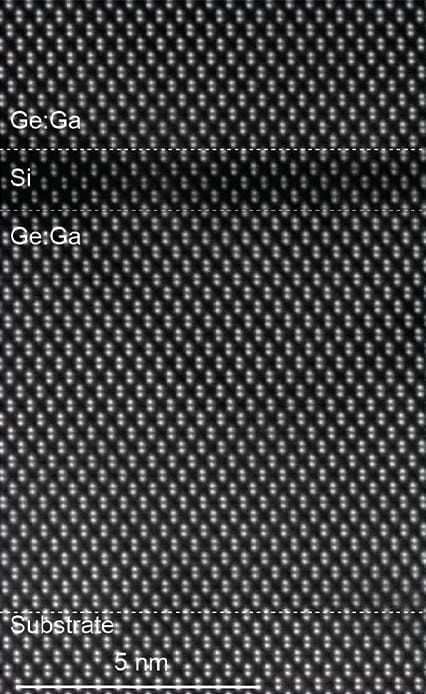Academic assassinations are a threat to global science
The deliberate targeting of scientists in recent years has become one of the most disturbing, and overlooked, developments in modern conflict. In particular, Iranian physicists and engineers have been singled out for almost two decades, with sometimes fatal consequences. In 2007 Ardeshir Hosseinpour, a nuclear physicist at Shiraz University, died in mysterious circumstances that were widely attributed to poisoning or radioactive exposure.
Over the following years, at least five more Iranian researchers have been killed. They include particle physicist Masoud Ali-Mohammadi, who was Iran’s representative at the Synchrotron-light for Experimental Science and Applications in the Middle East project. Known as SESAME, it is the only scientific project in the Middle East where Iran and Israel collaborate.
Others to have died include nuclear engineer Majid Shahriari, another Iranian representative at SESAME, and nuclear physicist Mohsen Fakhrizadeh, who were both killed by bombing or gunfire in Tehran. These attacks were never formally acknowledged, nor were they condemned by international scientific institutions. The message, however, was implicit: scientists in politically sensitive fields could be treated as strategic targets, even far from battlefields.
What began as covert killings of individual researchers has now escalated, dangerously, into open military strikes on academic communities. Israeli airstrikes on residential areas in Tehran and Isfahan during the 12-day conflict between the two countries in June led to at least 14 Iranian scientists and engineers and members of their family being killed. The scientists worked in areas such as materials science, aerospace engineering and laser physics. I believe this shift, from covert assassinations to mass casualties, crossed a line. It treats scientists as enemy combatants simply because of their expertise.
The assassinations of scientists are not just isolated tragedies; they are a direct assault on the global commons of knowledge, corroding both international law and international science. Unless the world responds, I believe the precedent being set will endanger scientists everywhere and undermine the principle that knowledge belongs to humanity, not the battlefield.
Drawing a red line
International humanitarian law is clear: civilians, including academics, must be protected. Targeting scientists based solely on their professional expertise undermines the Geneva Convention and erodes the civilian–military distinction at the heart of international law.
Iran, whatever its politics, remains a member of the Nuclear Non-Proliferation Treaty and the International Atomic Energy Agency. Its scientists are entitled under international law to conduct peaceful research in medicine, energy and industry. Their work is no more inherently criminal than research that other countries carry out in artificial intelligence (AI), quantum technology or genetics.
If we normalize the preemptive assassination of scientists, what stops global rivals from targeting, say, AI researchers in Silicon Valley, quantum physicists in Beijing or geneticists in Berlin? Once knowledge itself becomes a liability, no researcher is safe. Equally troubling is the silence of the international scientific community with organizations such as the UN, UNESCO and the European Research Council as well as leading national academies having not condemned these killings, past or present.
Silence is not neutral. It legitimizes the treatment of scientists as military assets. It discourages international collaboration in sensitive but essential research and it creates fear among younger researchers, who may abandon high-impact fields to avoid risk. Science is built on openness and exchange, and when researchers are murdered for their expertise, the very idea of science as a shared human enterprise is undermined.
The assassinations are not solely Iran’s loss. The scientists killed were part of a global community; collaborators and colleagues in the pursuit of knowledge. Their deaths should alarm every nation and every institution that depends on research to confront global challenges, from climate change to pandemics.
I believe that international scientific organizations should act. At a minimum, they should publicly condemn the assassination of scientists and their families; support independent investigations under international law; as well as advocate for explicit protections for scientists and academic facilities in conflict zones.
Importantly, voices within Israel’s own scientific community can play a critical role too. Israeli academics, deeply committed to collaboration and academic freedom, understand the costs of blurring the boundary between science and war. Solidarity cannot be selective.
Recent events are a test case for the future of global science. If the international community tolerates the targeting of scientists, it sets a dangerous precedent that others will follow. What appears today as a regional assault on scientists from the Global South could tomorrow endanger researchers in China, Europe, Russia or the US.
Science without borders can only exist if scientists are recognized and protected as civilians without borders. That principle is now under direct threat and the world must draw a red line – killing scientists for their expertise is unacceptable. To ignore these attacks is to invite a future in which knowledge itself becomes a weapon, and the people who create it expendable. That is a world no-one should accept.
The post Academic assassinations are a threat to global science appeared first on Physics World.










